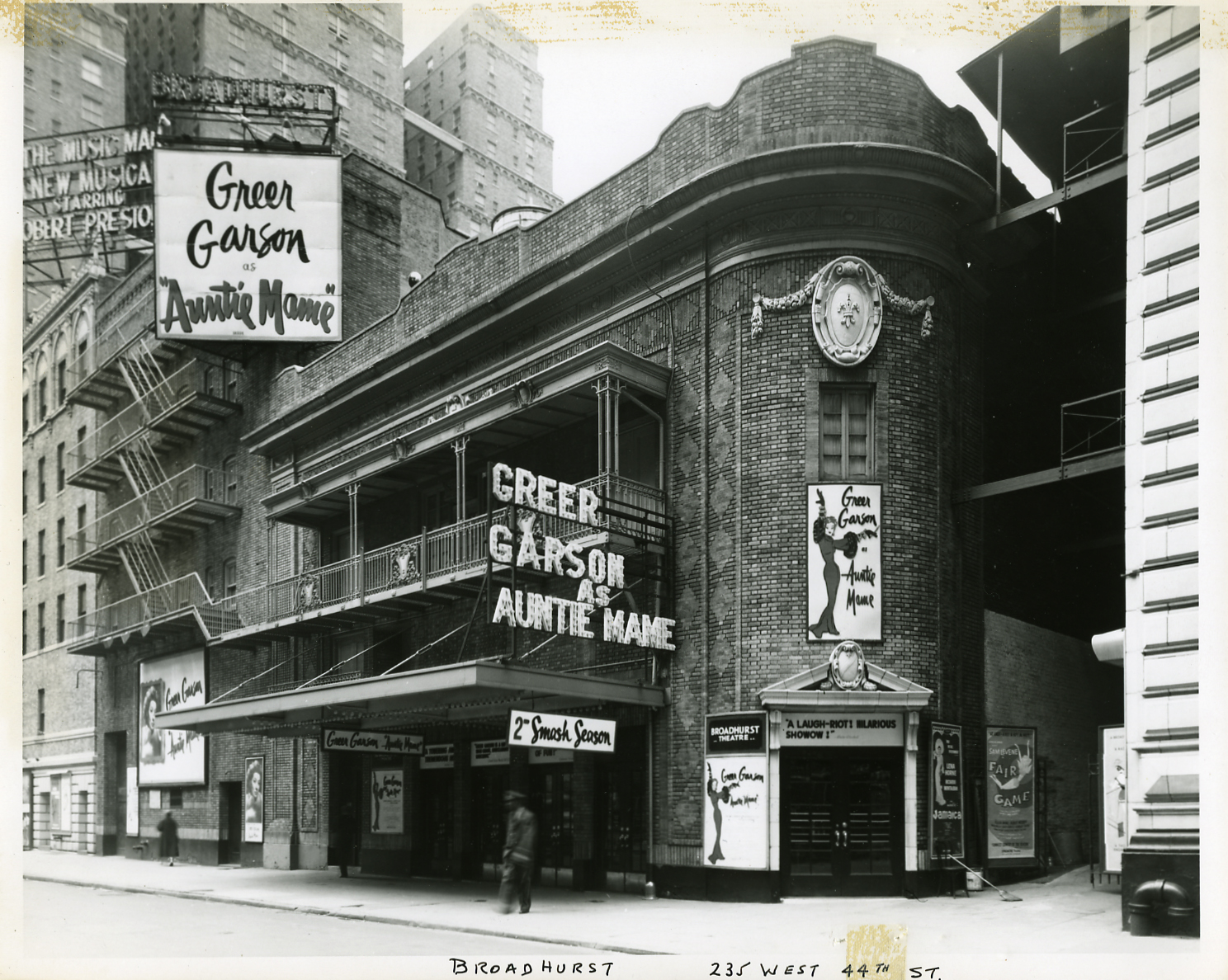









NOW PLAYING
JAGGED LITTLE PILL
Inspired by the themes and emotions of Alanis Morissette’s Grammy Award-winning album, Jagged Little Pill is “a big-hearted musical that breaks the mold” (The New York Times), directed by Tony Award winner Diane Paulus (Waitress, Pippin), with an “urgent and wickedly funny” (The Boston Globe) original story by Academy Award winner Diablo Cody (Juno, Tully).
The Healys are a picture-perfect family — but looks can be deceiving. When the cracks beneath the surface begin to show, they must choose between maintaining the status quo or facing harsh truths about themselves, their community, and the world around them. Featuring Morissette’s iconic songs including “Ironic,” “You Oughta Know,” and “Hand In My Pocket,” plus brand-new songs written for the show, Jagged Little Pill comes to the stage with music supervision, orchestrations, and arrangements by Tom Kitt (Next to Normal), and choreography by Sidi Larbi Cherkaoui (Beyonce & Jay-Z’s “Apeshit” music video).
Jagged Little Pill Tickets | Jagged Little Pill Show Schedule
HISTORY
George H. Broadhurst, the Anglo-American manager and playwright (1866-1952), built his eponymous theatre in association with the Shubert brothers. Broadhurst had previously managed theatres in Milwaukee, Baltimore, and San Francisco (and written many popular plays). The playhouse has remained one of the Shubert Organization’s most consistently booked theatres.
ARCHITECTURE
Mirror images of each other, the Broadhurst and the neighboring Plymouth Theatre, which opened within two weeks of each other, were the brainchild of architect Herbert J. Krapp, and were his first independent commissions. While the two playhouses are nearly identical on the outside, the Broadhurst's interior employs Doric columns, and Greek-style cornices and friezes. Its spare exterior is decorated with brickwork, enhanced by touches of stone and terra-cotta trim.
Spotlight on Broadway: Broadhurst Theatre from Spotlight on Broadway on Vimeo.
Access Information
Theatre is not completely wheelchair accessible. There are no steps into the theatre from the sidewalk. Please be advised that where there are steps either into or within the theatre, we are unable to provide assistance.
Shubert Audience Services
The Broadhurst Theatre provides accommodations for patrons who are blind, deaf, partially sighted, and/or have hearing loss. The theatre provides infrared assistive listening devices for every performance at the theatre. In addition, beginning four weeks after a show’s official opening night performance, hand-held audio description devices and hand-held captioning devices are available, and there is unlimited access to downloadable audio description and/or captioning for personal mobile devices free of charge. (Hand-held devices are limited, although additional devices can be obtained with at least twenty-four hours’ notice.) If you have questions, contact Shubert Audience Services at 212-944-3700 or audienceservices@shubertorg.com. There is also a representative at the Shubert Audience Services kiosk at every performance to assist any patron with any of our devices, software, or technology.
Accessibility by Seating Section
Orchestra Location: Seating is accessible to all parts of the Orchestra without steps. There are no steps to the designated wheelchair seating location.
Mezzanine Location: Located on the Second Level, up 1 flight of steps. Please Note: On the Mezzanine Level, there are approximately 2 steps down per row. Entrance to the Mezzanine is behind row L.
Handrails: Available at the end of every stepped seat row in the Mezzanine.
Wheelchair | Companion Seat Locations:
Orchestra: J24 | J18 - 20; K23 | J17 - 21; O26 | O24, P24 - 26; Q102 | Q103 - 105; Q112 | Q109 - 111; Q113 | P112 -113
Aisle Seat with Folding Armrest | Companion Locations:
Orchestra: J114 | J113; R1 | R3; R2 | R4
Elevators/Escalator
None Available
Payphone
Located in lobby. Accessible at 54", with TTY utility outlet.
Restroom
Wheelchair accessible (unisex) restroom is located on the main level.
Water Fountain
Located in the Rear Orchestra. Accessible at 36".
Theatre Policies
The use of cameras, recording devices, cell phones, beepers, and other electronic devices during the performance is prohibited. Everyone attending a performance must have a ticket. Latecomers will be seated at the discretion of management. Wheelchair and mobility-impaired seating is intended for patrons with mobility disabilities, unless medically necessary. Children under the age of four years will not be admitted. No outside food or beverage permitted. No weapons permitted on the premises.
| Year Built | 1917 | |
| Seating Capacity | ||
| Orchestra | 733 | |
| Mezzanine | 429 | |
| Boxes | 24 | |
| Standing Room | 32 | |
| Total | 1218 | |
| Included in the Numbers Above: | ||
| Orchestra Pit | 30 | |
| Wheelchair | 6 | |
| Aisle Transfer Arm | 13 | |
| Theatre Dimensions | |
| Proscenium Opening: | 40' 0" |
| Height of Proscenium: | 25' 0" |
| Depth to proscenium: | 31' 0" |
| Depth to front of stage: | 33' 2" |
| Stage Type: | Proscenium |




















